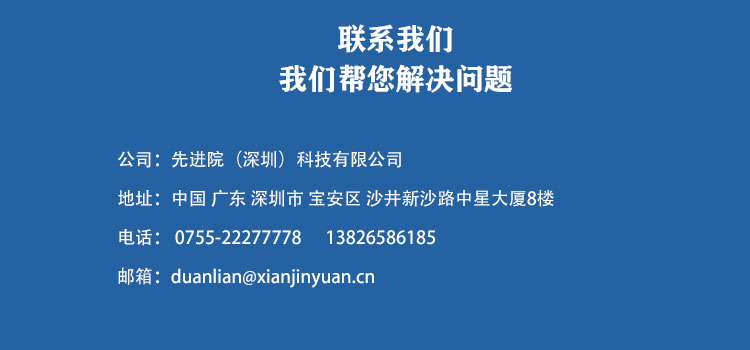The roles of flexible substrate coating, precious metal paste, shielding materials, and absorbing materials in the field of computer applications
With the rapid development of computer technology, there is an increasing demand for performance, stability, and functionality. In this context,Flexible substrate coating、Precious metal paste、Shielding materialandAbsorbing materialThe importance of advanced materials in the field of computer applications is becoming increasingly prominent. The innovative application of these materials not only enhances the performance of computers, but also opens up broad prospects for future development.
1、 Flexible substrate coating
(1) Principles and characteristics of flexible substrate coating
Flexible substrate coating is a technique of depositing functional thin films on the surface of flexible materials to give them specific physical and chemical properties. The key to this technology lies in its ability to endow the substrate with good conductivity, thermal conductivity, and corrosion resistance while maintaining flexibility.
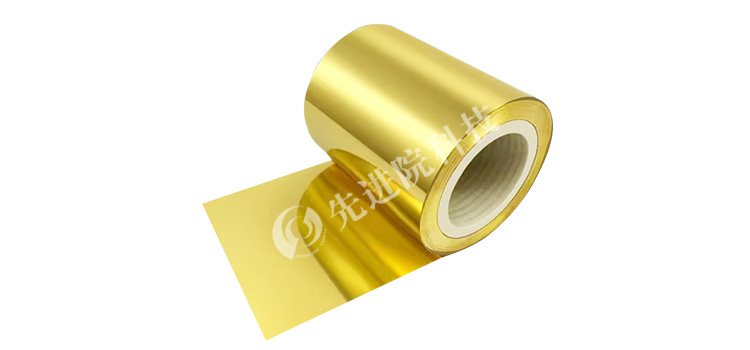
(2) Common types and applications of flexible substrate coating
- Gold-plated film
- Characteristics: It has extremely high conductivity, corrosion resistance, and chemical stability, with good surface glossiness.
- Application: Commonly used in high-end computer connectors and interfaces to ensure stable high-speed data transmission.
- Silver plated film
- Characteristics: Excellent conductivity, good thermal conductivity, and relatively low cost.
- Application: Widely used in computer heat sinks and high-frequency signal transmission lines, it helps to improve heat dissipation efficiency and signal quality.
-
Copper plated film

(3) The specific application of flexible substrate coating in computers
- flexible display
- Flexible substrate coating enables display screens to bend, fold, and even curl, bringing new forms and user experiences to devices such as laptops, tablets, and smartphones. For example, by coating a transparent conductive film such as indium tin oxide (ITO) or silver nanowires on a flexible plastic substrate, the functionality of a touch screen is achieved while maintaining the flexibility of the screen.
-
Wearable computer devices
-
Wearable devices such as smartwatches, wristbands, and smart glasses have extremely high requirements for the flexibility and durability of materials. The flexible substrate coating technology provides reliable protection and performance improvement for the sensors, batteries, and circuits of these devices. For example, coating an ultra-thin metal film on the surface of a sensor can enhance the sensitivity and accuracy of signal detection.
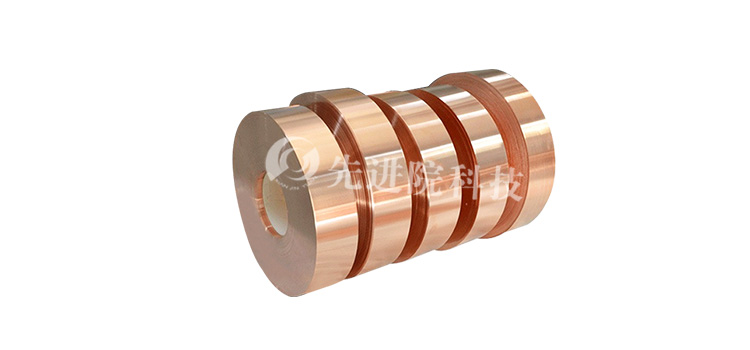
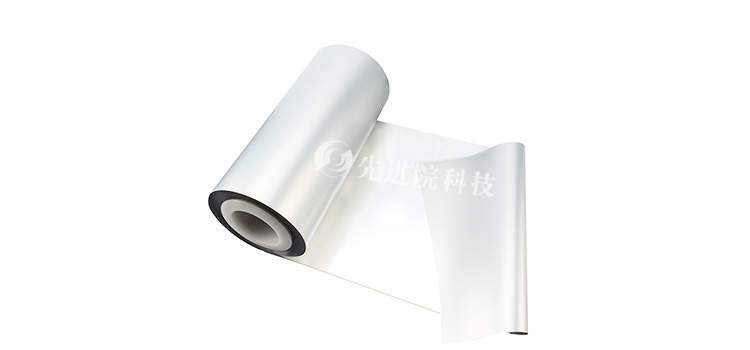
(4) Technical Challenges and Development Trends
- Technical challenges
- Uniformity and consistency of coating: Achieving uniform and consistent coating on a large area of flexible substrate is a technical challenge, which can affect the performance and reliability of the material.
- Adhesion between film and substrate: Ensuring the firm adhesion of film on flexible substrate, especially under repeated bending and stretching, is the key to ensuring long-term use of the product.
- Cost control: Currently, some high-end coating technologies have high costs, which limits their application in large-scale production.
-
Development Trends
- Research and development of new coating materials: searching for coating materials with better performance and lower cost, such as carbon nanotubes, graphene, etc.
- Process optimization: Continuously improve the coating process to enhance production efficiency and product quality.
-
Multi functional integration: Integrating multiple functions into the same coating layer, such as simultaneously achieving conductivity, heat dissipation, and protection functions.
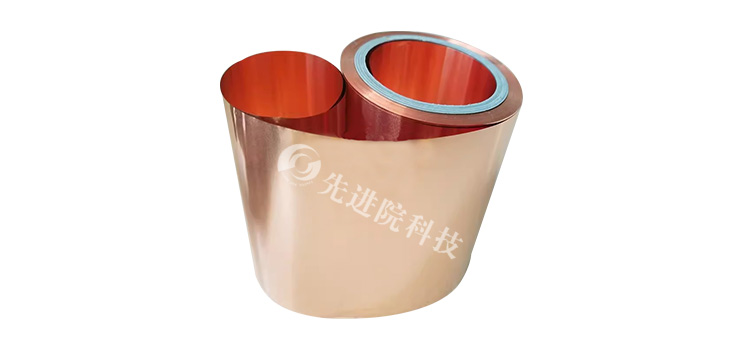

2、 Precious metal paste
(1) Composition and Characteristics of Precious Metal Slurry
Precious metal pasteUsually made by mixing precious metal powders (such as gold, silver, platinum, etc.) with organic carriers, it has good conductivity, printability, and stability.
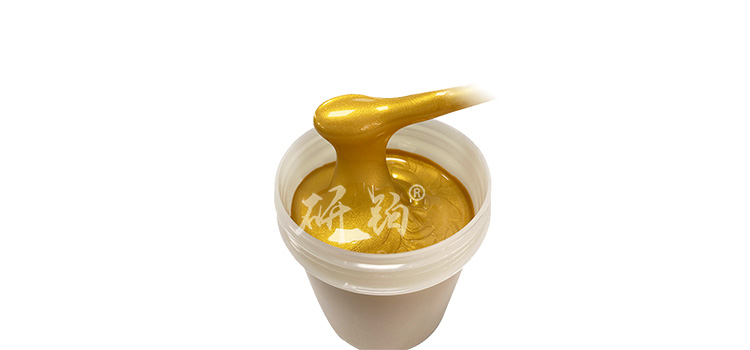
(2) Common types and characteristics of precious metal pastes
- wine of the best quality
- Characteristics: Excellent conductivity, strong oxidation resistance, and high chemical stability.
- Application: Mainly used for high-precision and high reliability computer chip packaging and high-end circuit board manufacturing.
- Silver paste
- Characteristics: Good conductivity, relatively low cost, fast curing speed.
- Application: Widely used in the printing of ordinary circuit boards and the production of conductive lines for touch screens.
-
Platinum paste
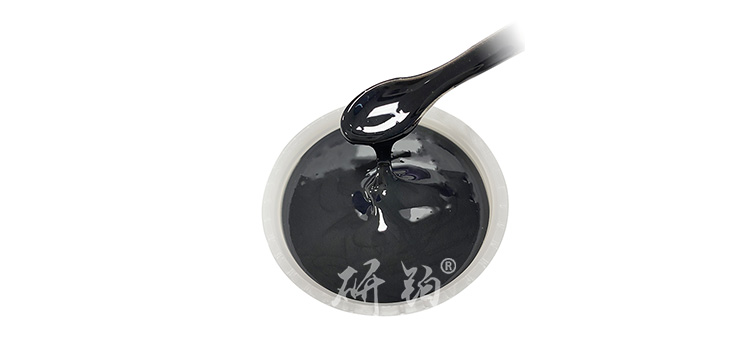

(3) The Specific Application of Precious Metal Slurry in Computers
- Chip packaging
- Gold paste and silver paste are commonly used for the connection between chips and substrates, providing reliable electrical connections and good thermal conductivity, which helps improve the performance and stability of chips.
- pcb
- Silver paste and copper paste can form fine circuit patterns on substrates through screen printing and other methods, achieving complex circuit layouts.
-
Touch screen manufacturing
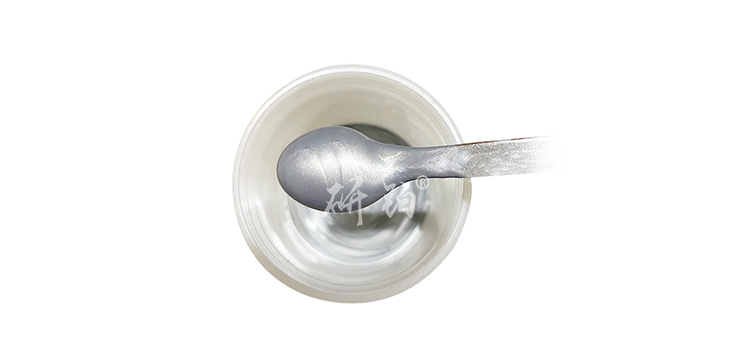
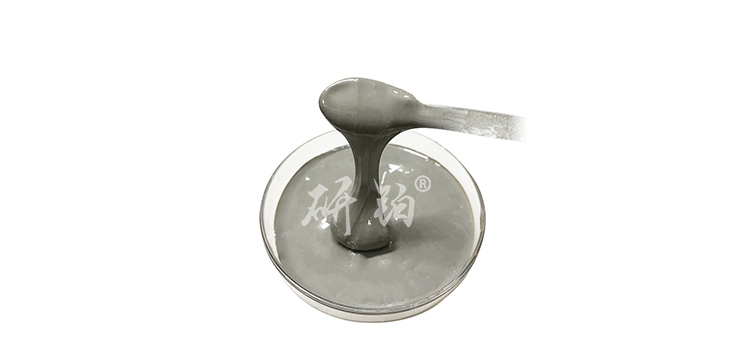
3、 Shielding material
(1) The principle of shielding materials
Shielding materials reduce or eliminate electromagnetic interference by reflecting, absorbing, or blocking electromagnetic waves. Its mechanism of action is mainly based on the theory of electromagnetic fields. When electromagnetic waves encounter conductive or magnetic materials, they will produce phenomena such as reflection, refraction, and absorption, thereby reducing the propagation of electromagnetic waves.
(2) Common types of shielding materials
- Metal shielding material
- Copper: It has good electrical and thermal conductivity and is commonly used in manufacturingShielding cover, shielding netWait.
- Aluminum: Lightweight and relatively low cost, suitable for some occasions that require weight.
- Stainless steel: It has good mechanical strength and corrosion resistance, and performs well in harsh environments.
-
Conductive coating

(3) Application in Computers
- computer case
- Metal chassis can effectively block the interference of external electromagnetic waves on internal components, while preventing the leakage of internal electromagnetic radiation.
- monitor
- Using a metal shielding layer to reduce the impact of electromagnetic radiation on user health and improve display quality.
- Circuit board
- A shielding cover can protect sensitive circuits from electromagnetic interference generated by other circuits.
(4) Technical Challenges and Development Trends
- Technical challenges
- Improvement of high-frequency shielding effect: With the continuous increase of computer operating frequency, higher requirements have been put forward for the shielding effectiveness of shielding materials in the high-frequency range.
- Lightweight and miniaturization: In order to meet the development trend of lightweight and compact computer equipment, shielding materials need to achieve lightweight and miniaturization while ensuring performance.
- Cost control: High performance shielding materials often have high costs, and how to reduce costs while ensuring performance is an important challenge.
- Development Trends
- Research and development of new composite materials: Combining the advantages of various materials, develop composite materials with higher shielding efficiency, lighter weight, and lower cost.
- Application of nanotechnology: Utilizing the special properties of nanomaterials to improve the performance of shielding materials.
- Intelligent shielding: Real time monitoring and adjustment of shielding effects are achieved through sensors and control systems.
4、 Absorbing material
(1) The principle of absorbing materials
Absorbing materials reduce reflection and scattering by converting incident electromagnetic wave energy into thermal energy or other forms of energy, thereby reducing electromagnetic interference. Its performance mainly depends on the electromagnetic parameters and structure of the material.
(2) Common types of absorbing materials
- Magnetic absorbing materials
- Ferrite: has high magnetic permeability and loss factor, and has good absorption performance in the mid to low frequency range.
- Nano magnetic materials, such as nano iron powder, cobalt powder, etc., have unique electromagnetic properties and are suitable for high-frequency absorption.
-
Resistive absorbing material

(3) Application in Computers
- Internal components
- Used to absorb electromagnetic waves generated by internal components of computers and reduce mutual interference.
- Shell
- Reduce the electromagnetic radiation of computers to meet electromagnetic compatibility standards.
(4) Technical Challenges and Development Trends
- Technical challenges
- Optimization of broadband absorption performance: Computers operate in a wide frequency range and require absorbing materials to have good absorption effects in a wide frequency range.
- Environmental adaptability: Absorbing materials need to maintain stable performance under different environmental conditions such as temperature and humidity.
- Compatibility with other materials: When applied in computers, good compatibility with other structures and materials is required.
-
Development Trends
In summary, the continuous innovation and application of flexible substrate coatings, precious metal pastes, shielding materials, and absorbing materials are driving the development of computer technology towards higher performance, stability, and safety. In the future, with the advancement of materials science, the application of these materials in the field of computer science will be more extensive and in-depth.
